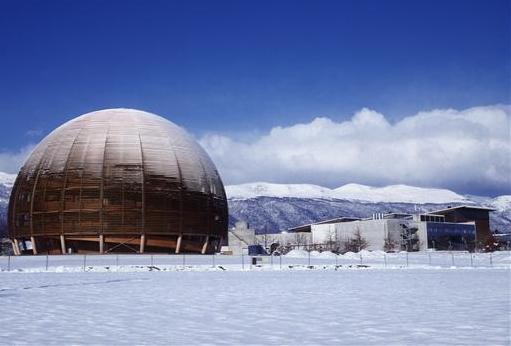
Features
Applications
CERN physics laboratory opts for Iris ID biometrics
Eighty iris readers are now in use at world’s largest particle physics laboratory.
January 12, 2016 By SP&T Staff
 Iris ID readers have been added at 25 new security access points within CERN.
Iris ID readers have been added at 25 new security access points within CERN. Iris ID has installed its iris-recognition solution at CERN, a European research organization located outside Geneva, Switzerland.
The installation added Iris ID readers at 25 new biometrically controlled, security access points to the radiological area of CERN’s Proton Synchrotron (PS) accelerator complex. Another 55 Iris ID readers have been used since 2008 to access the Large Hadron Collider (LHC), CERN’s main underground particle collider.
Pierre Ninin, CERN’s head of safety systems engineering, said Iris ID readers are the vital layer in the identity authentication process at the LHC and accelerator complexes. He said about 10,000 scientists, technicians and long-term visitors are registered in the system’s database, with around 3,000 people accessing the two facilities on a typical day.
“The high value we place on the security of our people, our work and our facilities demands tight security,” Ninin said. “The Iris ID system has been up to the task at 100 meters below ground.”
He said extra precautions are designed to prevent “piggybacking,” a process in which one or more people enter along with an approved person. CERN staff members enter an airlock to access restricted areas. Inside, infrared beams note movements inconsistent with a single person. A floor pad sounds an alarm if it detects abnormal weight variations. Also, the compartment is small, making it difficult to fit a second person. The Iris ID reader takes less than one second to identify a person. If there is a match with a registered iris, a second door opens into the restricted area.
Employees are only allowed access to those areas required for them to complete their work. The Iris ID system maintains an audit trail allowing CERN administrators to check who has entered certain areas and when.
Ninin said about 20 more Iris ID readers will be installed at another CERN accelerator currently being refurbished and due to open again in 2019.
Mohammed Murad, vice president, global sales and business development for Iris ID, said the company’s iris-recognition technology has been proven at major government, scientific and corporate facilities worldwide.
Print this page
Advertisement
- New director of strategic alliances at SeeTec
- IPX360 Solutions opens expanded sales and service facility